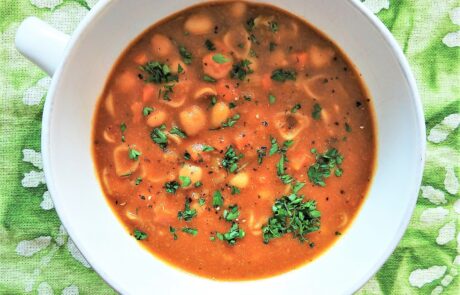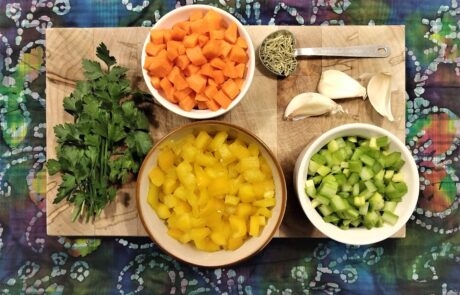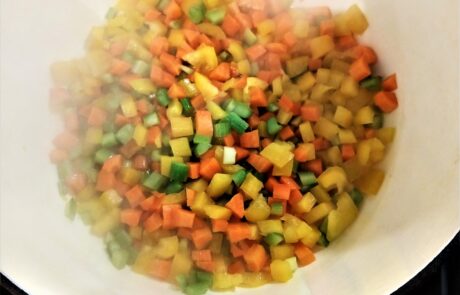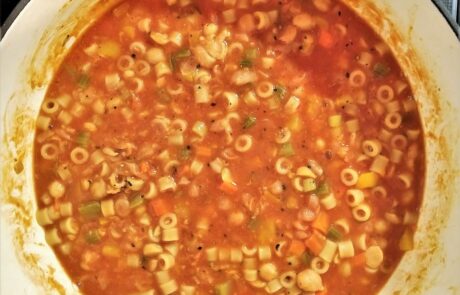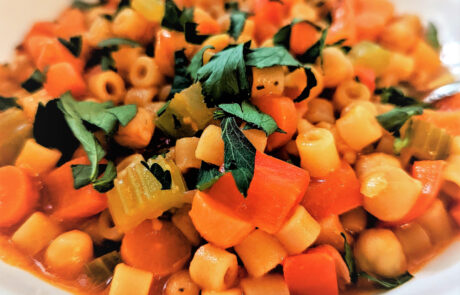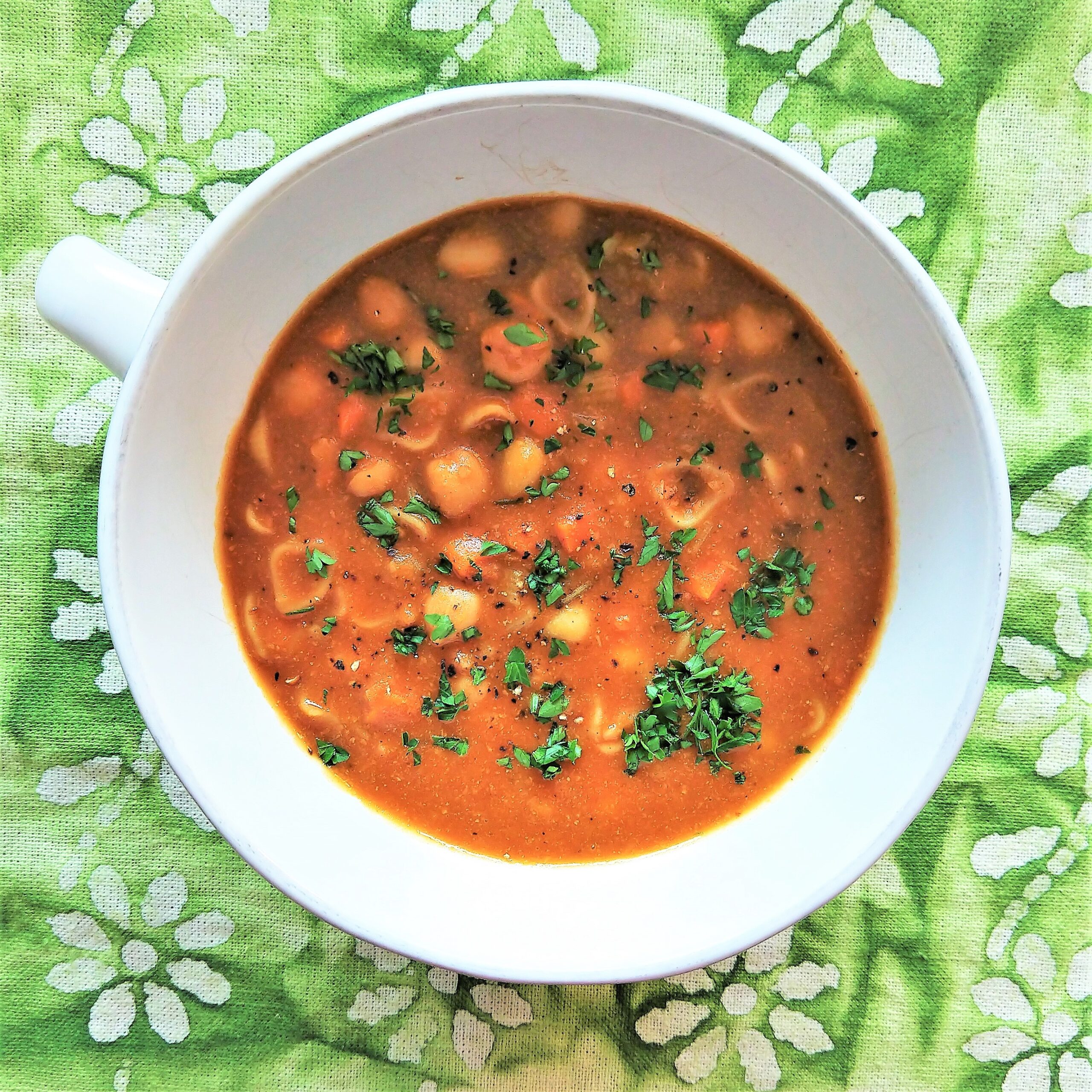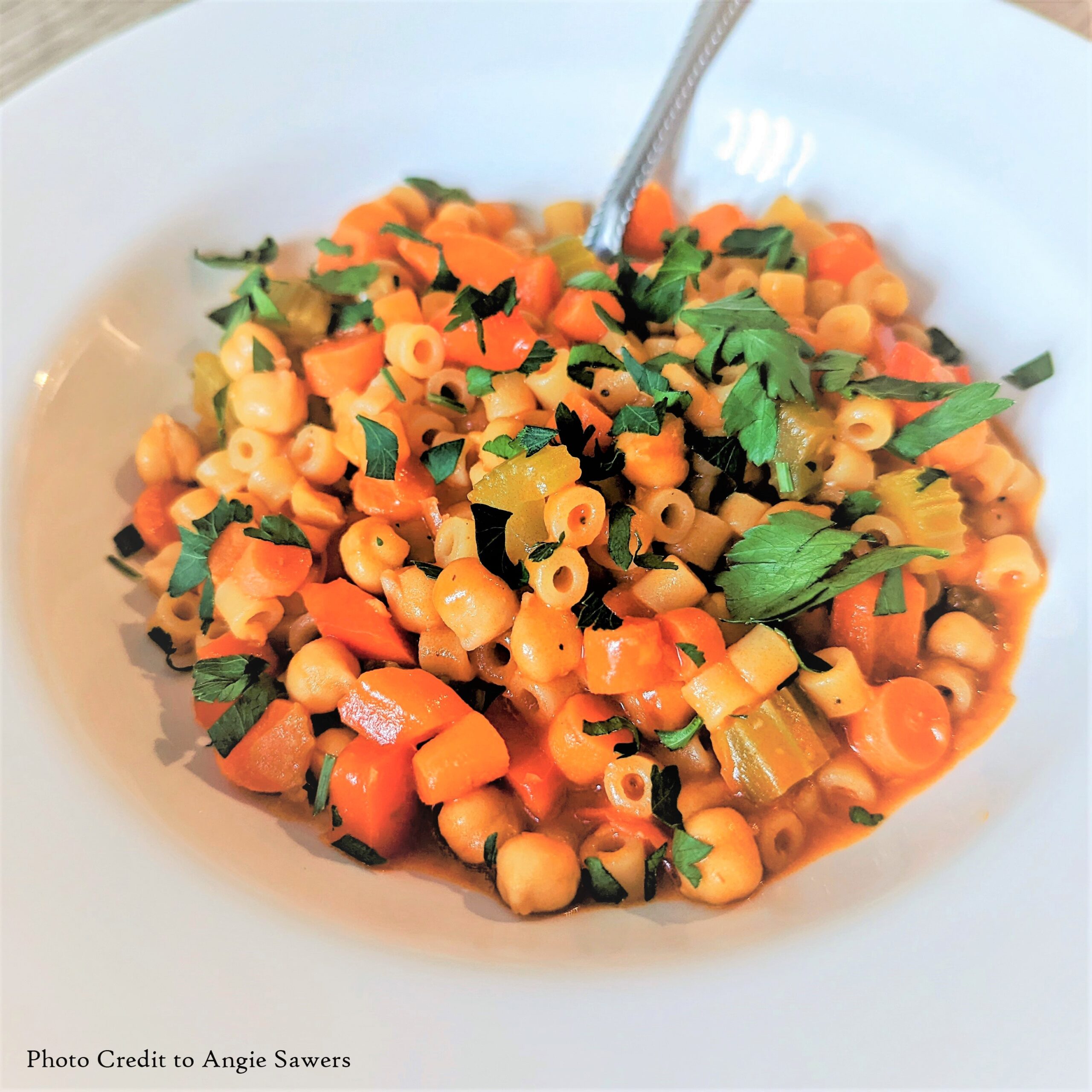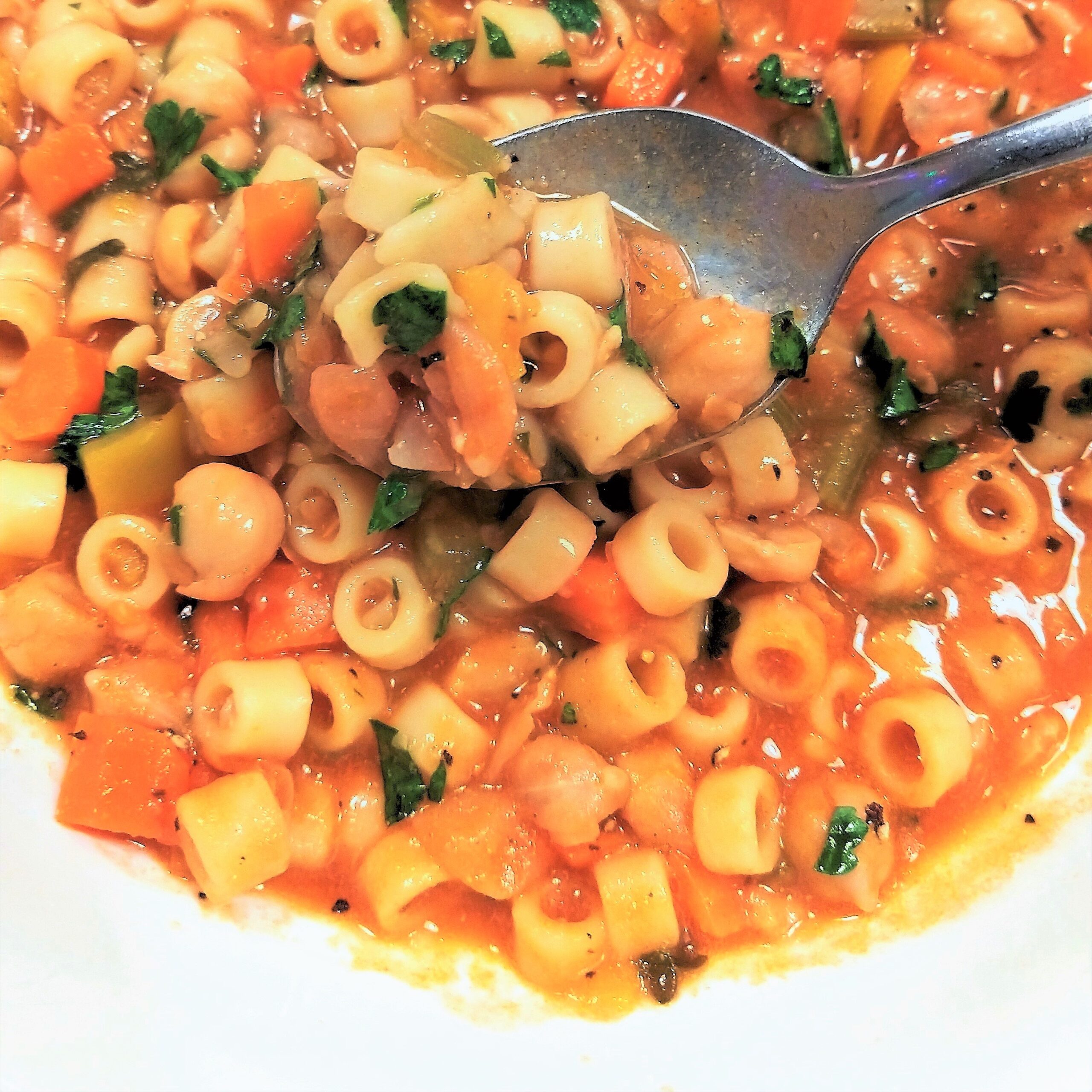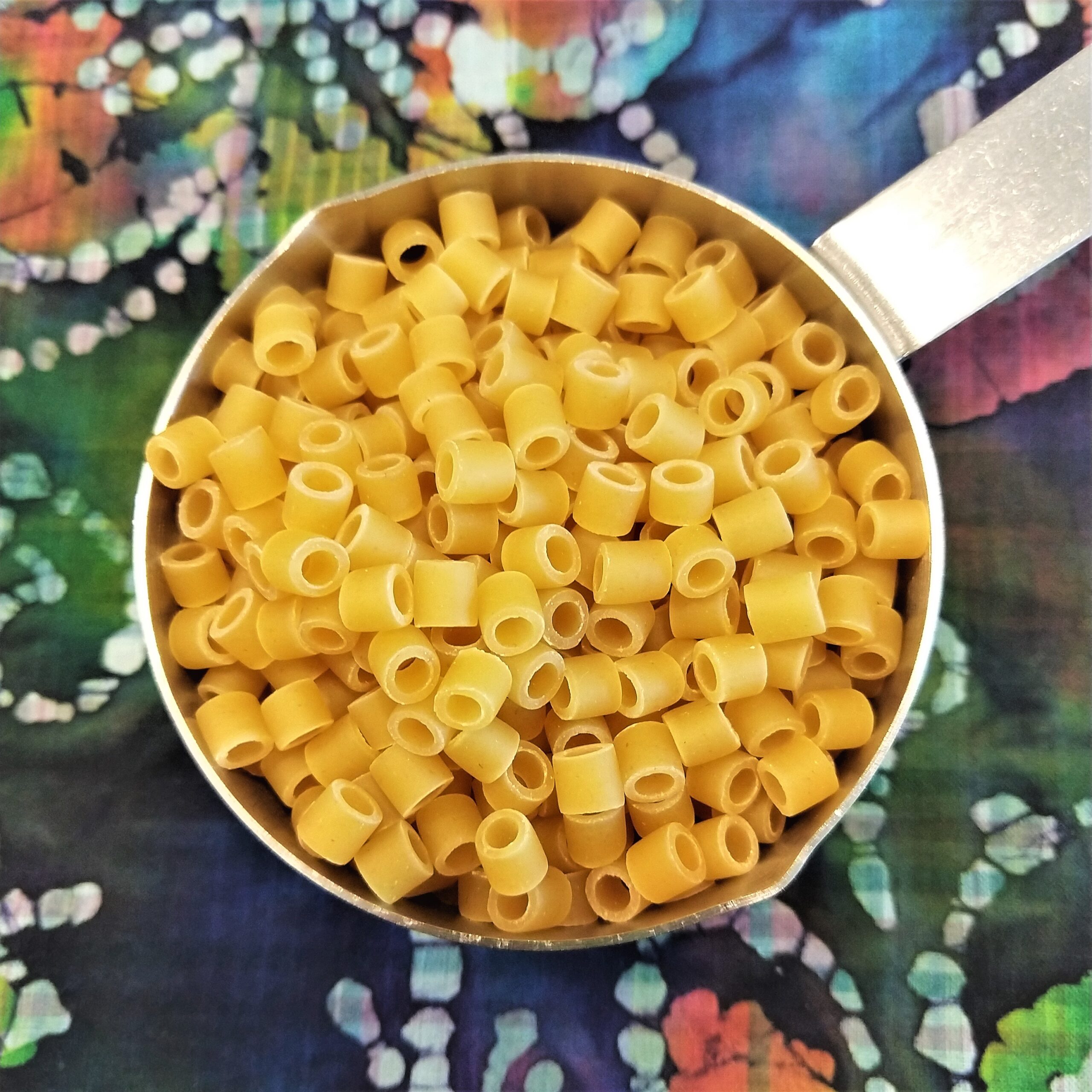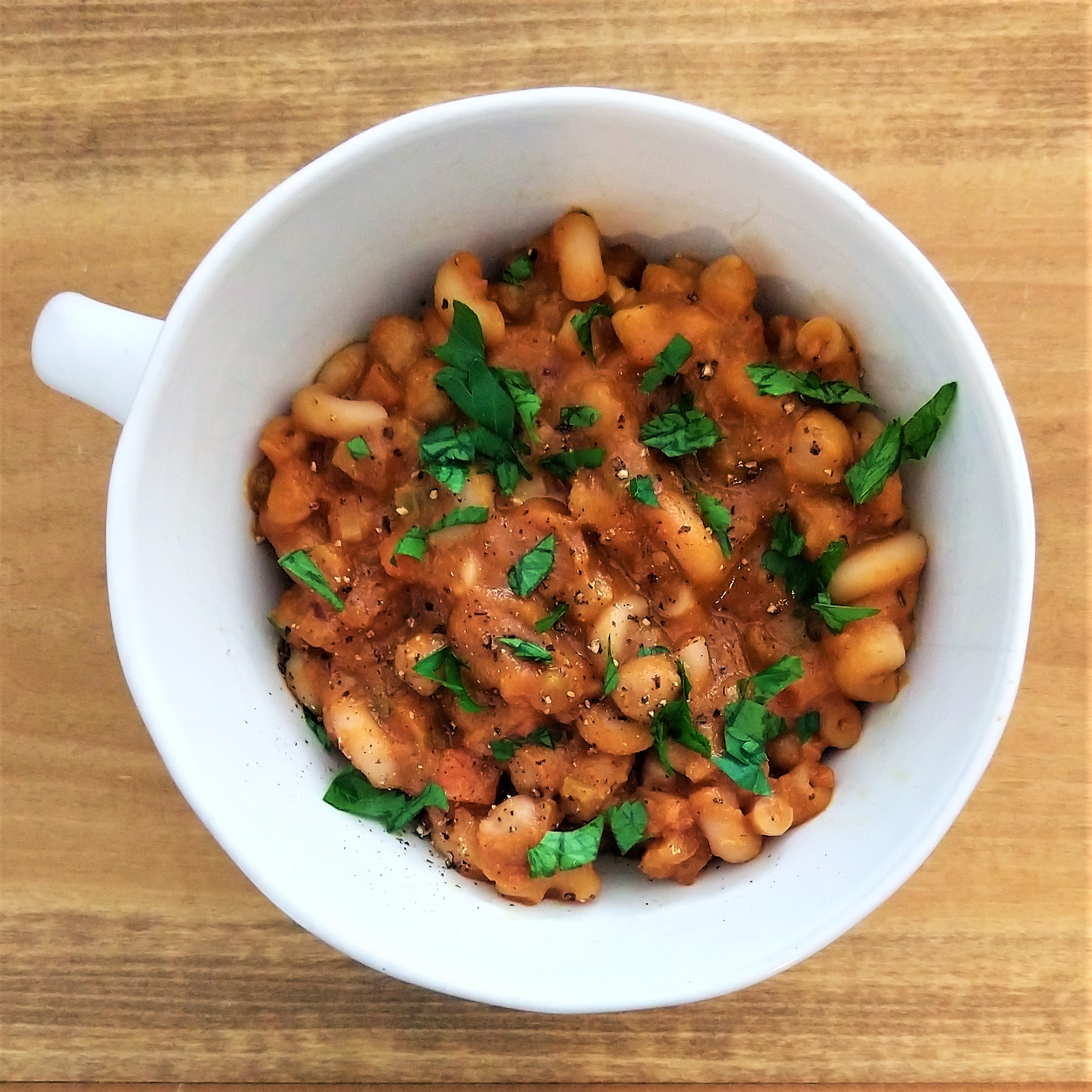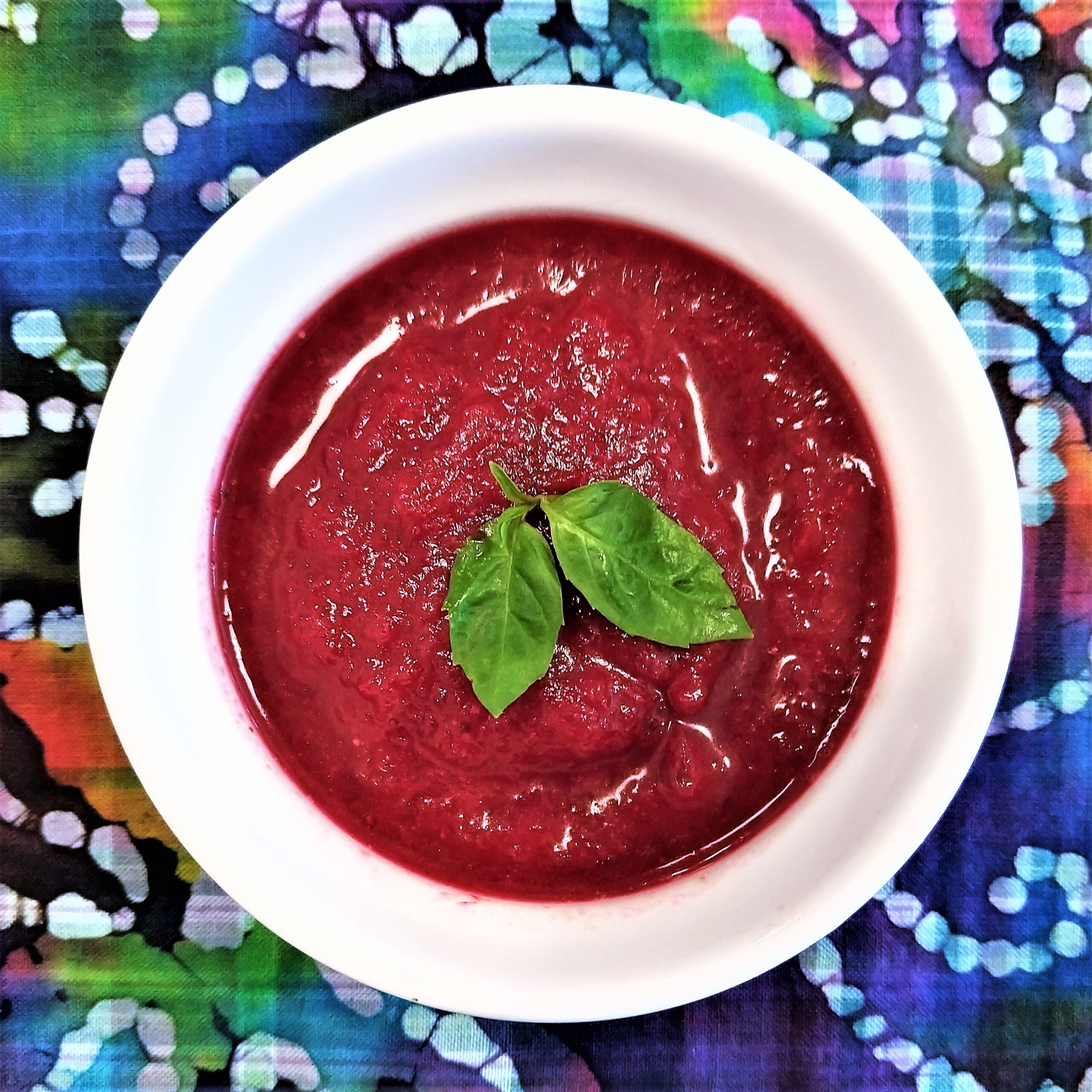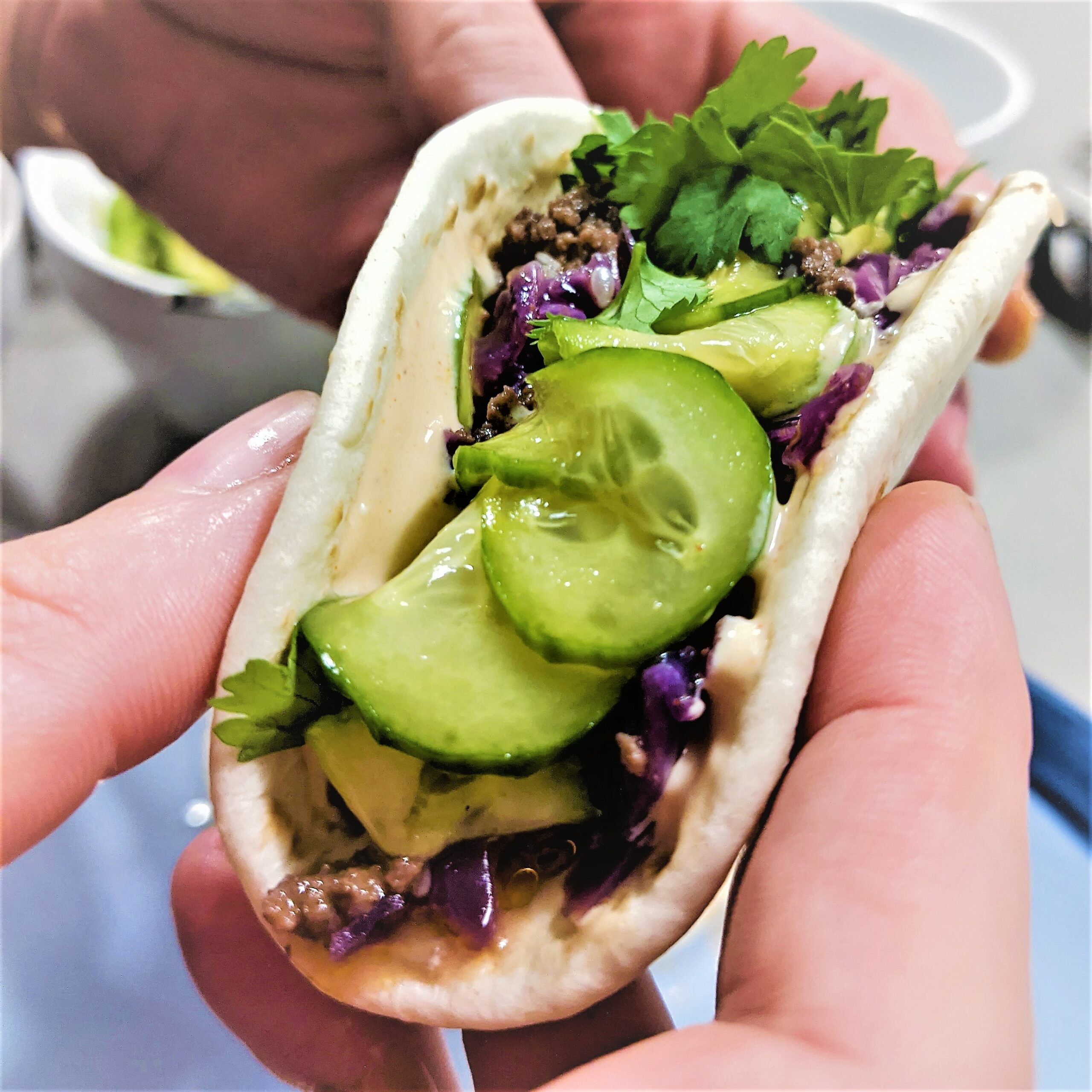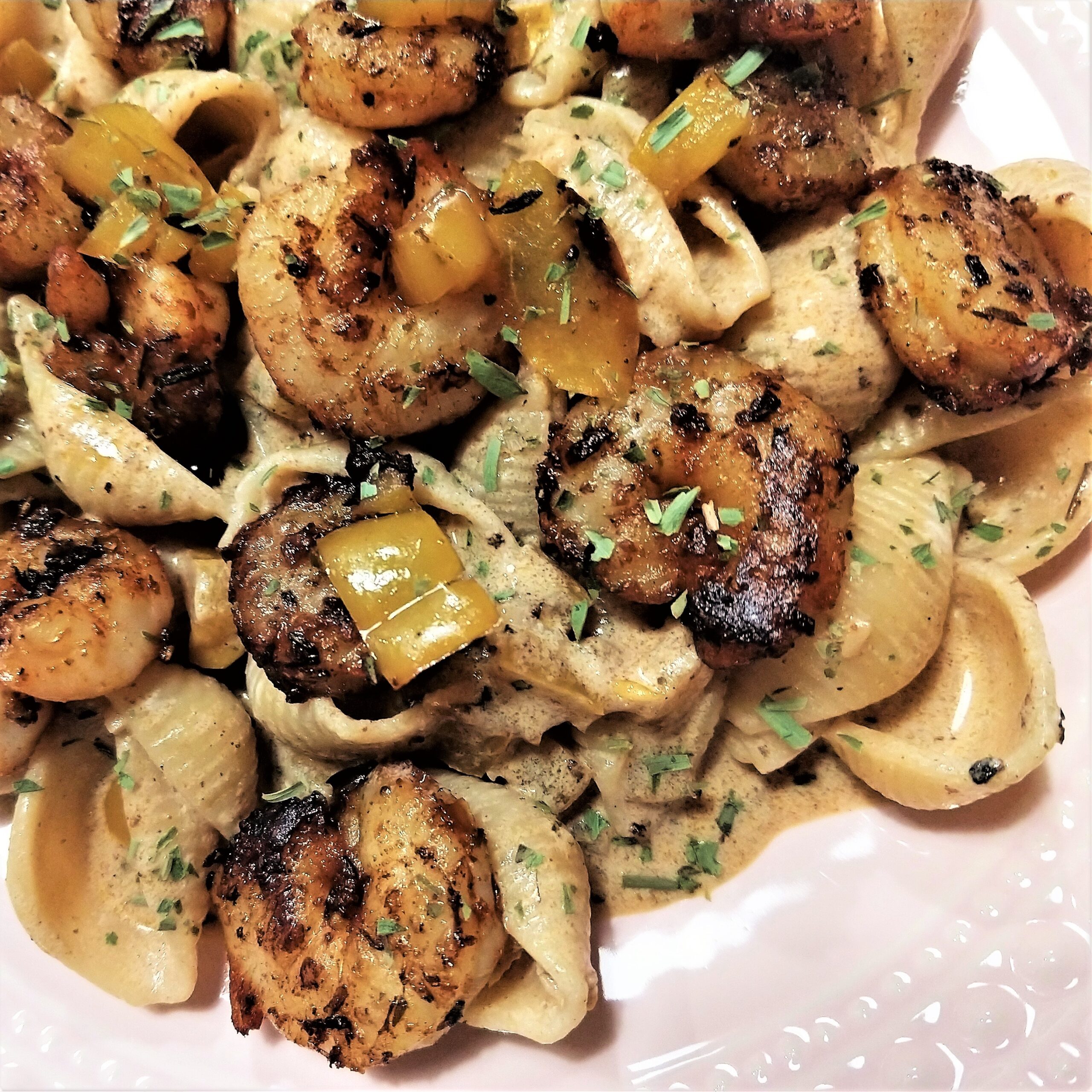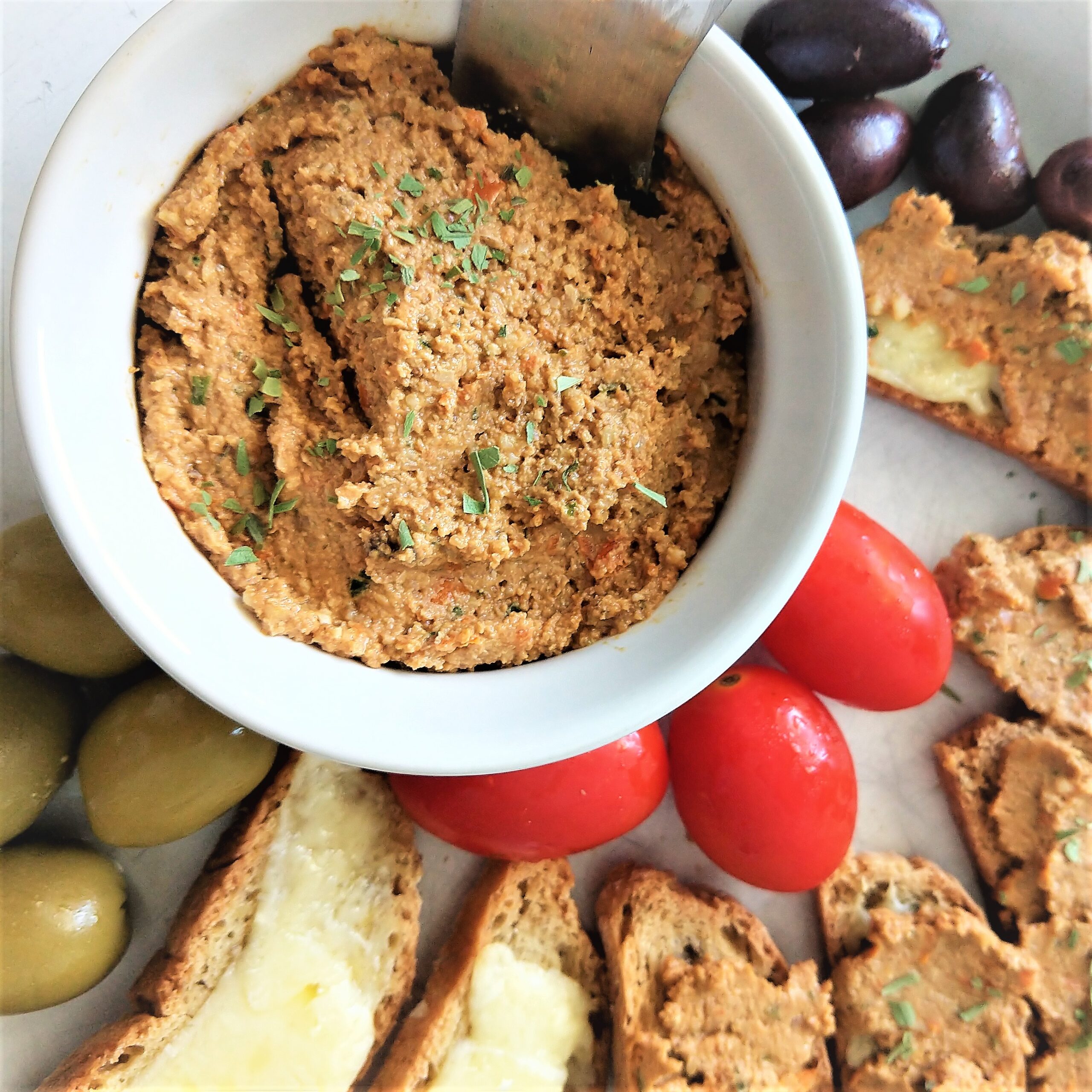Pasta e ceci. Pasta and chickpeas. It sounds so simple, but there are countless versions of this dish that fare from soupy to stewed to quite saucy, all with varied ingredients and textures. Years ago during a semester in Rome, I frequently enjoyed pasta e ceci (chay-chee) at lunchtime or as an energy boost on cold Friday nights before going out. The versions I ate in Rome often included anchovies; the dish is also commonly served with pancetta, clams, or as a plant-based meal. This specific recipe is plant-based, easy to prepare in one pot, contains ample Covert Veggies for nutrition, and comes together in around 30 minutes. Such straightforward and affordable comfort food.
PASTA E CECI
Prep:
~5-10 min
Cook:
~25 min
Total:
~30 min
Makes 3 servings, but is easy to double or create 4 portions after pairing the pasta e ceci with garlic bread/side salad/etc! See here for a gluten-free version and here for a pumpkin-fennel version.
INGREDIENTS:
- a large (~3” diameter) red, orange or yellow bell pepper*
- 1 heaping cup diced carrots (~150 g)
- 1 cup celery, diced (~100 g)
- 2 tbsp olive oil
- a small sprig rosemary (or ½ tsp dried)
- 3 cloves garlic
- 1 tsp cracked black pepper
- 2 heaping tbsp tomato paste
- ~15 oz (~439 g) canned chickpeas
- 3.5 liquid cups vegetable broth (~828 ml)**
- 1 tsp fine salt – double if your broth is low sodium
- 1 cup (~114 g) small, dry pasta***
*if you want a cheaper/more seasonal alternative to bell peppers, you could sub in a small Spanish/Vidalia onion or large shallot.
**Chicken broth is a traditional option if you’re not trying to make it a plant-based meal.
***think ditalini, teeny tiny shells, orecchiette…anellini are harder to acquire but look like spaghetti-o’s). These photos depict ditalini.
[Optional]
- 2 tbsp fresh parsley
- 1 tsp red pepper flakes if you want some heat (or more to garnish, according to taste)
- grated parmesan or asiago cheese, 2 tbsp+ (according to taste). Can also sub in nutritional yeast instead of cheese.
STEP BY STEP:
Yields a dinner for two adults with some leftovers.
It pairs nicely with a dry white/rosé wine, or a sparkling water with citrus. You could also enjoy a medium-bodied red with peppery notes; Tuscan reds suit the spirit of combining stewed legumes with pasta and veggies. Wines from the Montepulciano area are a great fit; just remember that those Tuscan wines are produced from Sangiovese grapes and wines produced from Montepulciano grapes differ, the latter being often produced in Abruzzo with an inkier, fruitier quality that pairs well with very fatty, meaty, savory dishes. Perhaps a bit confusing, but all delicious. Chianti with spicier notes will work better if you added lots of cheese. For an Iberian twist, I also like Riojas or table wines made from Tempranillo grapes because they are pretty accessible, not too acidic, complement the red pepper and taste good with or without cheese.
Beers like standard IPAs, pilsners, and amber ales add a hoppy bite to this comfort food!
For the cocktail drinkers, I feel like you can’t go wrong with a negroni…sbagliato or otherwise. However, I’m curious about what creative pairings you can assemble and would love to hear any other drink preferences or suggestions!
Have leftover tomato paste? Freeze it for future meals or use it in homemade sauces like bbq sauce, enchilada sauce, ketchup, curries, or Italian-style red sauce. It’s also an ingredient for spreads like walnut pâté. Other weeknight-friendly recipes like lentil sloppy joes use tomato paste, too!
NUTRITION FACTS
Number of Servings: 3
Fiber: 13.8 g
Carbs: 72.48 g
Calories per Serving: 471.7 kcal
Sugar: 13.85 g
Protein: 17.03 g
Weight per Serving: 657 g
Fats: 14.06 g
Iron: 3.18 mg
All servings and nutritional measurements are approximate and exclude optional toppings. These estimates are intended for information and guidance purposes only. Please consult a licensed nutrition or medical professional if you need assistance.
Vegan Disclaimer: All of the ingredients listed in this recipe are available in vegan versions. Please do your research and verify ingredient lists, as many products can contain hidden amounts of whey or animal derived ingredients.

